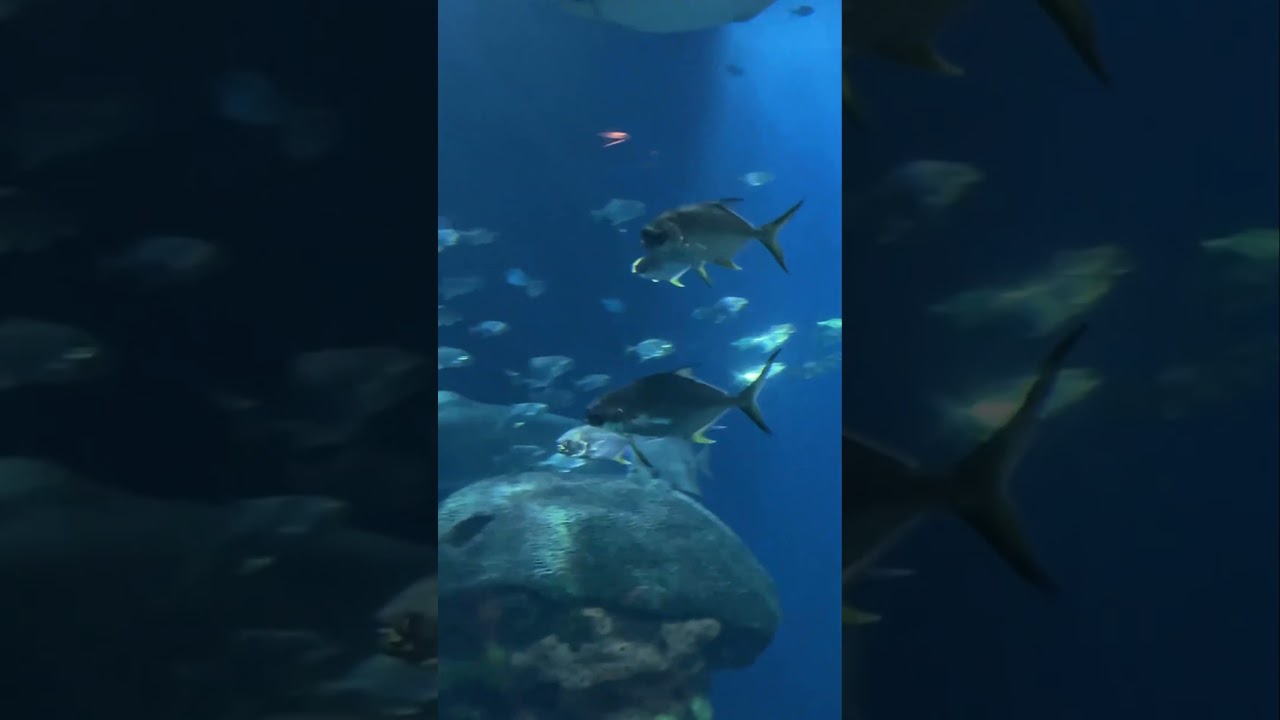– Exploring the smaller inhabitants of the zoo’s largest exhibit and their roles in ecosystem dynamics
– The significance of conservation efforts for small species in zoo settings
– The integration of educational programs in zoos to raise awareness about lesser-known wildlife
– The challenges and strategies behind maintaining diverse habitats for small species in captivity
– Highlighting successful zoo conservation stories involving small species as key indicators of biodiversity
Zoos play a crucial role in wildlife conservation, education, and research. Among their exhibits, the largest ones often draw the most attention due to their size and the charismatic megafauna they house. However, within these vast spaces, a myriad of smaller residents play vital roles in their ecosystems. Our BIGGEST Exhibit’s smaller inhabitants often go unnoticed, yet they offer fascinating insights into the complexity of life and the importance of every creature, no matter its size. This article sheds light on these small wonders, underscoring their significance in biodiversity and conservation efforts within the zoo.
Small species such as insects, amphibians, and small mammals contribute to the ecological balance within the extensive habitats designed to replicate natural ecosystems. They serve as pollinators, prey, and decomposers, showcasing the interconnectedness of life. Highlighting our BIGGEST Exhibit’s smaller residents is about acknowledging their existence and understanding their crucial roles in maintaining ecological integrity. Zoos dedicate significant resources to simulate natural environments for these species. This includes regulating temperature, humidity, and plant life to mimic their native habitats as closely as possible, ensuring their well-being and survival in captivity.
Conservation efforts within zoos are not limited to large, well-known species. Small, often overlooked species are also at risk of extinction and require attention. Their conservation is challenging, given their size, specific habitat requirements, and lack of public interest in some cases. However, zoos worldwide have initiated remarkable conservation programs targeting these small species, working meticulously to breed them in captivity, reintroduce them into the wild, and protect their natural habitats. These efforts often involve extensive research, partnership with local and international conservation bodies, and public education to highlight the importance of small species in biodiversity.
Educational programs are a core component of zoo missions, aiming to inspire visitors with a deep appreciation for wildlife of all sizes. Through guided tours, interactive exhibits, and educational materials, zoos provide valuable information about the smaller residents of our BIGGEST Exhibit. They explain the animals’ life cycles, ecological roles, and the threats they face in the wild, such as habitat loss, pollution, and climate change. By raising awareness, zoos hope to foster a sense of responsibility and encourage actions that support environmental conservation.
Maintaining diverse habitats for small species in captivity presents various challenges, from creating optimal living conditions to mimicking complex ecological interactions. This requires a deep understanding of the species’ natural behaviors and needs and constant monitoring and adjustment of environmental parameters. Zoos often employ specialists in herpetology, entomology, and other fields to care for these animals. These experts work diligently to replicate the specific requirements of small species, aiming for a balance that supports their health and permits natural behaviors within the exhibit space.
Successful conservation stories abound, serving as testaments to the resilience of nature and the impact of dedicated conservation work. Once on the brink of extinction, small species have seen population recoveries thanks to the efforts of zoos and their partners. These success stories are a cause for celebration and highlight the pivotal role of small species in the tapestry of biodiversity. By focusing on conserving small inhabitants within our BIGGEST Exhibit, zoos reinforce the message that every creature, big or small, plays a critical role in the environment and merits protection.
The exploration of the smaller residents of our BIGGEST Exhibit reveals the intricate complexities of natural ecosystems and the importance of conservation efforts for all species, regardless of size. Through dedicated habitat management, innovative educational programs, and relentless conservation efforts, zoos continue to showcase the wonder of these small inhabitants. Their commitment to protecting the unseen heroes of biodiversity ensures that future generations will continue to learn from and be inspired by the smaller creatures that dwell within our biggest exhibits.
*****
Source Description
It’s all too easy to focus in on the sea turtle and sharks that live in the 600000-gallon Secret Reef, but our manager of life support …

